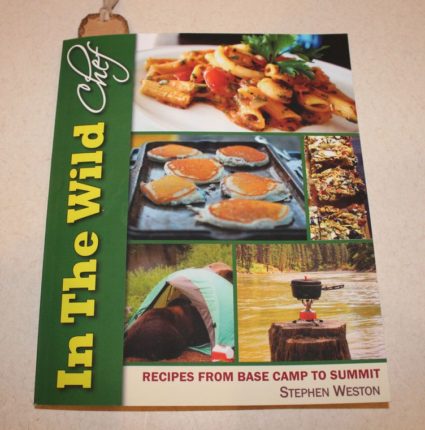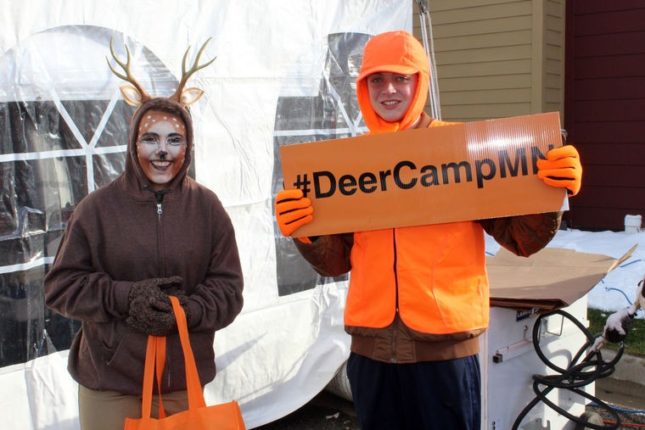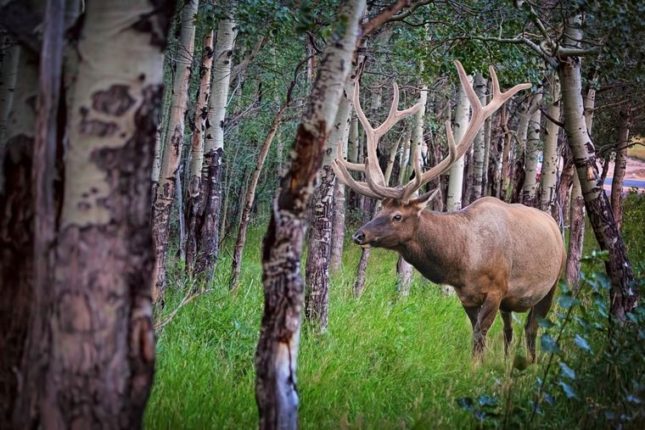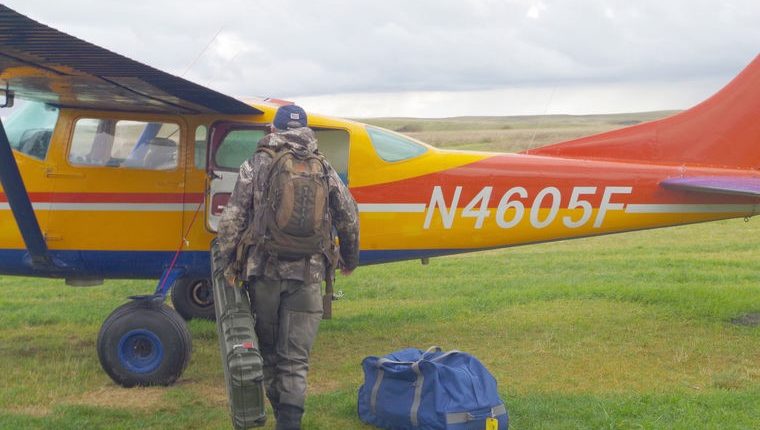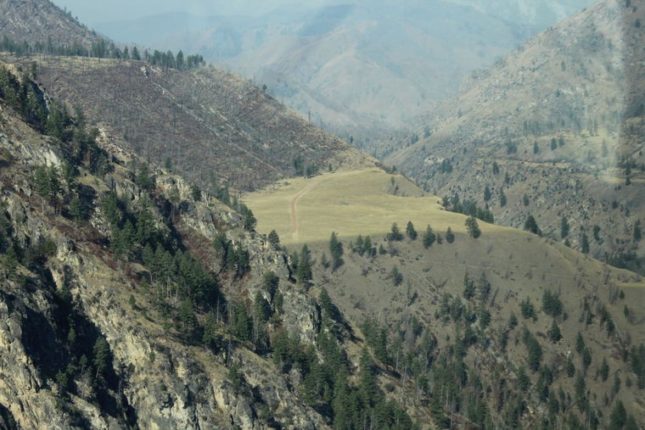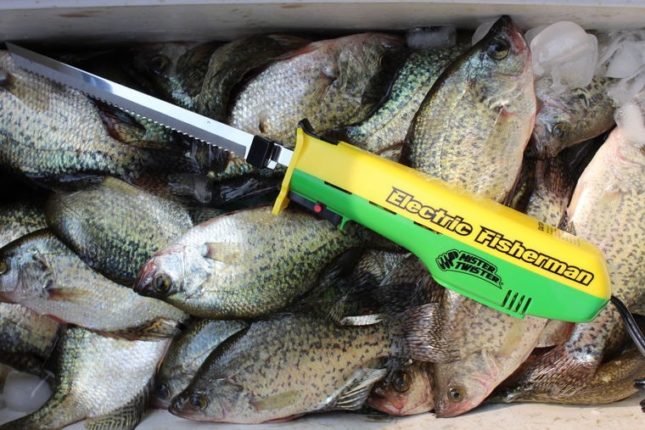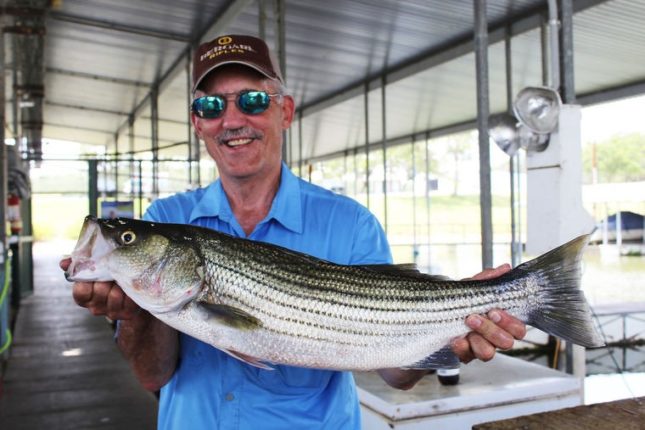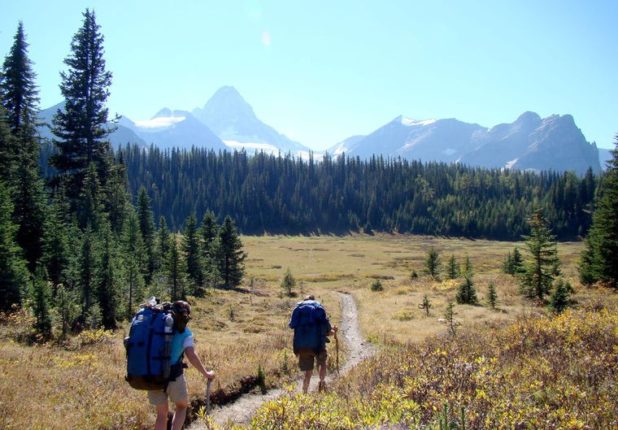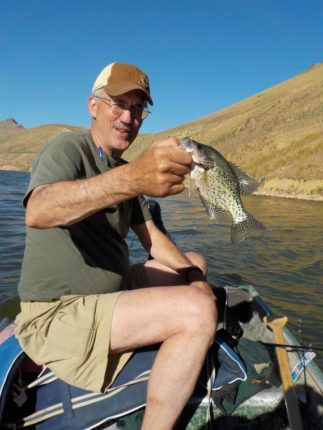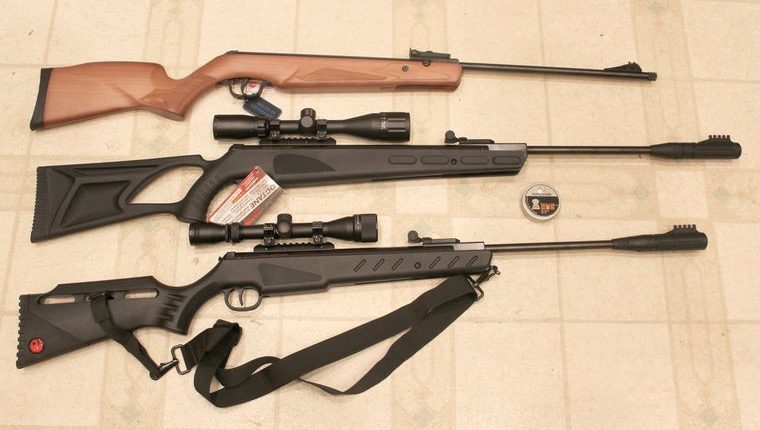Periodically I like to do a book review on outdoor books.
This one is especially fun to do because Stephen Weston is a friend of mine. I first met him years ago when I was conducting seminars at Sierra Trading Post. At that time he worked there, and I got to know him. We hit it off and became friends.
Before long, he started doing cooking seminars while I was doing my seminars. As you probably guessed, I spent a lot of time sampling his dishes. He kept me nourished during a lot of long days of seminars.
Since those days he has become more and more popular for his cooking skills. This summer I attended the Taste of Idaho event in Nampa. Steve was one of the chefs and it appeared to me that he was the one ramrodding the cooking events. They also included kids enrolled in the Nampa School District Culinary Arts Program in the event, which was nice. It appeared he was helping to guide and mentor them and was praising them heavily.
I now see him all over the valley doing demos and seminars, and of course, he has now published a book called “In the Wild Chief.” I finally got my hands on a copy last week and have already read more than half of it. It’s an easy read.
Pretty much every recipe is less than a page. At the bottom of the page is an outdoor tip, such as “Try spraying original Listerine around the campsite to repel mosquitoes.” I didn’t know that.
As you flip a page, in most cases the first page will be a picture. It may be a pic of a camping or cooking scene, but a lot of them are old school pics, which I like looking at.
The format in which it is laid out is unique. Instead of being broken down into chapters, it is grouped into five classes with Class I being the easiest meal to prepare on up to Class V, which are the more difficult meals.
Of course, on the trail you have to travel light, so when applicable he’ll have a heading called HOME, which tells you what has to be done before you leave home. For example, he may say to mix all of the spices in one baggie and the noodles in another. That way instead of carrying four bottles of spices you’re only packing the required 1/4 teaspoon of each spice, etc. Then he may have a heading CAMP, which he will tell you what has to be done in camp.
For the most part, the bulk of the meals appear to be pretty simple to prepare, and yet from past experience of being the official tester at seminars I’ve never had a bad one. I can’t wait to try some of them on some backpacking trips next summer or even on some day hunts this winter.
Or maybe I’ll get bored again about January or February and go on another extreme winter backpacking/ice fishing trip and try out some of them. Naw, I’ll probably just call Steve and take him with me this time. Last time I about froze to death, blew away and starved. Now where did I put Steve’s phone number.
“In the Wild Chef” can be purchased at www.amazon.com/Wild-Chef-Recipes-Base-Summit/dp/1927458277.
